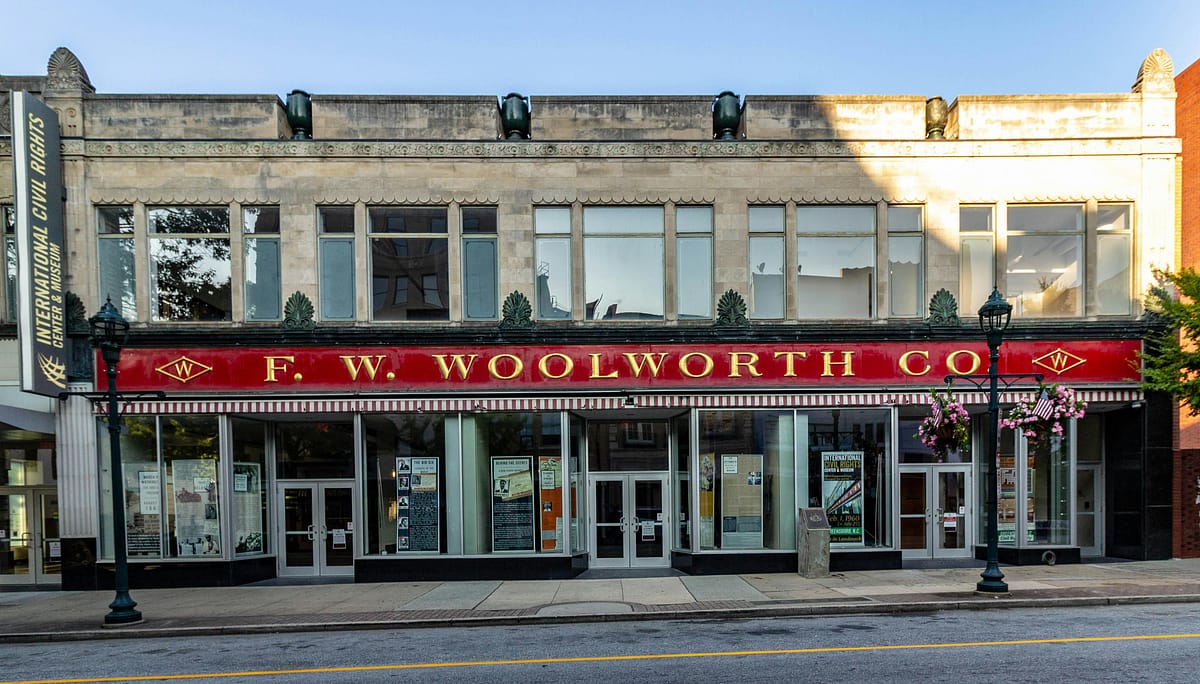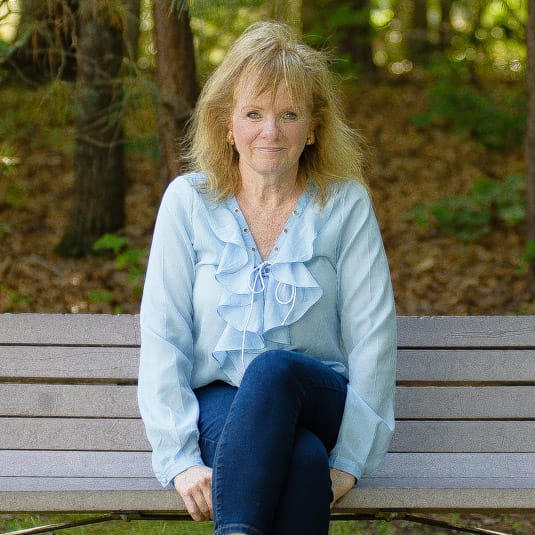
I was sitting in church on Sunday, listening intently. I often find moments of inspiration there. It’s likely because I allow myself the opportunity to be still and reflective for an extended period—something not always as easy to achieve as it should be. I’ve been part of a non-denominational church since the early days. The building I was sitting in was just a dream at one point. At that time, we were invited to leave a mark on the church’s cement floor before it was finished. I had three young children attending with me, and my father had recently passed. Together, the four of us wrote of our deep love, respect, and how much we missed him. It may sound too sentimental, but when I’m in that church, I always feel that connection.
So there I was, listening, in a church that has always been intentional about justice—a value that deeply resonates with me. One of the pastors spoke about the Greensboro “sit-in” at the Woolworth’s lunch counter, where four African American college students were refused service simply because of their race. This was in 1960. What followed were days, weeks, and even months of peaceful protests. Thousands of people “showed up,” and this was long before social media could amplify their voices. Finally, about six months after the sit-in, the result they sought was achieved: the right to be served as equals. The idea that people could be denied service based on race seems absurd today, but it was a very different time.


Real change often doesn’t happen quickly. Meaningful progress requires a shift, one that takes time and the collective will of enough people to consider alternatives. We must remind ourselves that change is a process.
Thinking about the person I am now, I have no doubt I would have joined that sit-in. Years ago, though, I didn’t know what I didn’t know. It wasn’t that I didn’t care; it was that I simply didn’t understand that reality. Injustice hadn’t touched my life or the lives of people I cared about—at least not in ways that I fully grasped.
In 1960, when the Woolworth “sit-in” took place, the U.S. prison population stood at 212,953, with an incarceration rate of 193 per 100,000 people. Fast forward 65 years to 2025: the incarceration rate has risen to 531 per 100,000 people. How did we arrive here, and does our criminal justice system truly reflect our collective values? If you were swept up in the criminal justice system, how concerned or not would you be about how the US criminal justice system operates?
So, what can those of us who genuinely want to make a difference do? We find our people. They’re out there, waiting for you, just as you may be waiting for them. Together, we can “sit in”, be intentional and show ourselves and others what justice looks like.

Diane Wells
Founder


